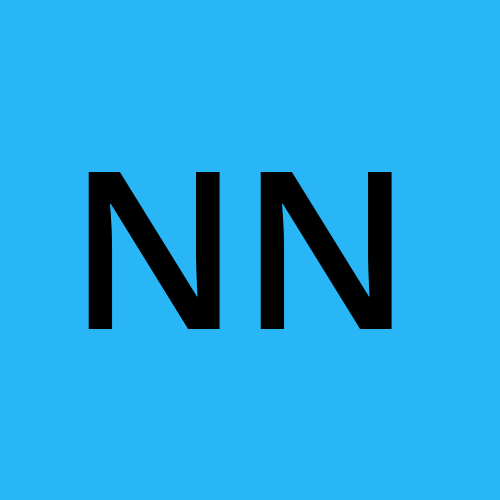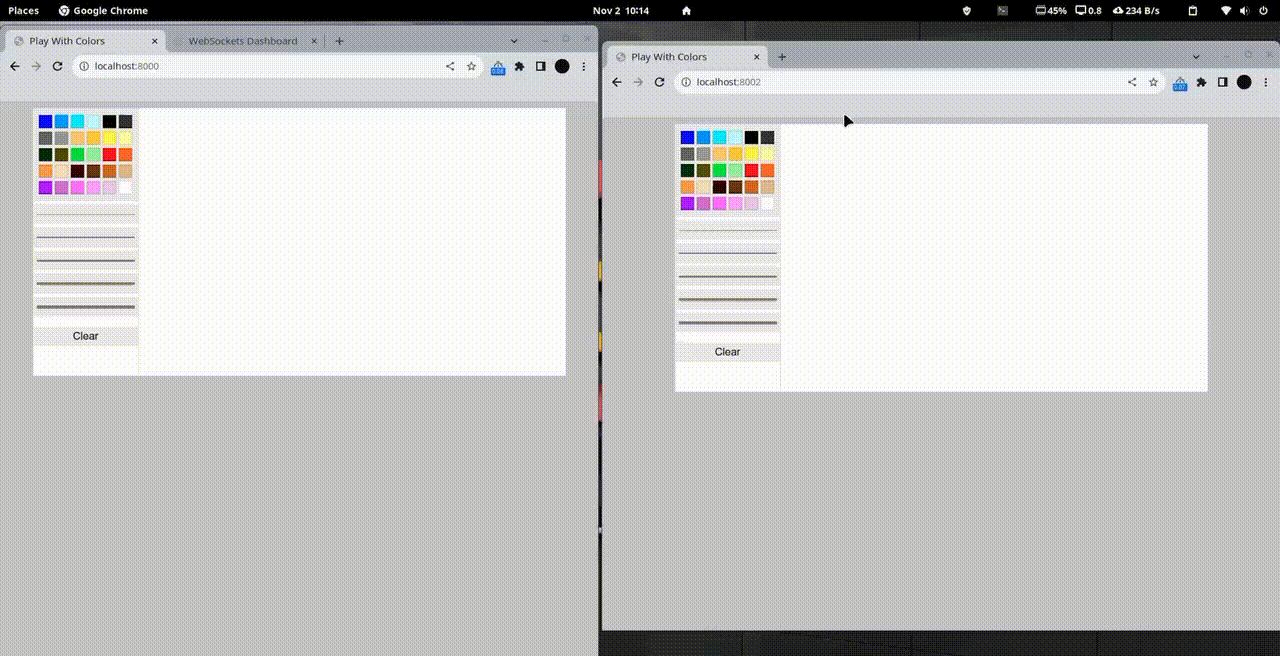Laravel with Redis Pub/Sub: A Deep Dive into Real-Time Event Handling
 Nafisa Nawer
Nafisa NawerIn the ever-evolving realm of web applications, real-time features have become an integral part of user experiences. Whether it's live notifications, chat applications, or dynamic updates, the demand for seamless real-time interactions has never been higher. For developers, meeting these demands can be both a challenge and a thrill.
If you're a Laravel enthusiast, you're in luck. Laravel, one of the most popular PHP frameworks, comes equipped with powerful tools to bring real-time magic to your applications. In this blog, we dive into one of these magical tools: Redis Pub/Sub.
Introduction to Redis Pub/Sub

Redis Pub/Sub, short for Publish/Subscribe, is a robust messaging system built on top of Redis, the lightning-fast, open-source, in-memory data structure store. At its core, Redis Pub/Sub allows different components or parts of an application to communicate asynchronously by broadcasting and receiving messages. It follows a one-to-many communication model, where publishers send messages to channels, and subscribers who are listening to the channel, receive messages from those channels.Publishers and subscribers are decoupled, meaning they don’t have direct knowledge of each other.
Setting up Laravel with Redis
Before diving into the implementation, make sure you have Laravel installed and a Redis server running. You can install the predis/predis package to simplify Redis integration: composer require predis/predis.
Next, configure your Laravel application to use Redis by updating the broadcasting.php configuration file. Set the driver option to redis and configure the connections array.
Implementing Redis Pub/Sub in Laravel

For simplicity, let's build a real-time drawing playground as displayed above, where a node is subscribed to a public channel and another node is publishing drawing information (e.g. color code, pen width, x & y coordinates etc). You may refer to my CodePen for the UI.
Publishing to Redis Channels
In Laravel, channels serve as communication pathways. The following function fetches the request body, publishes the data to
public.playground.1channel withRedis::publish.use Illuminate\Support\Facades\Redis; use Illuminate\Http\Request; class EventController extends Controller { public function publishEvent(Request $request) { Redis::publish('public.playground.1', json_encode($request)); } }Whenever the
Redis::publishmethod is called, Redis first checks if the channel is already created and if not, it creates one and publishes the message to the queue. We will be posting data to thepublishEventfunction using/api/publishendpoint.Handling Events
Before creating the subscriber, let's first create the event that will be responsible for broadcasting the fetched data by subscribing to channels. The command
php artisan make:event PlaygroundEventwill create an event file underapp\eventsdirectory.<?php namespace App\Events; use Illuminate\Broadcasting\Channel; use Illuminate\Broadcasting\InteractsWithSockets; use Illuminate\Contracts\Broadcasting\ShouldBroadcast; use Illuminate\Foundation\Events\Dispatchable; use Illuminate\Queue\SerializesModels; class PlaygroundEvent implements ShouldBroadcast { use Dispatchable, InteractsWithSockets, SerializesModels; public $data; public function __construct($data) { $this->data = $data; } public function broadcastOn(): Channel { return new Channel('public.playground.pusher'); } public function broadcastAs() { return 'playground'; } public function broadcastWith() { $response = json_decode($this->data, true); return [ 'color' => $response['color'], 'x_val' => $response['x_val'], 'y_val' => $response['y_val'], 'start_status' => $response['start_status'], 'end_status' => $response['end_status'] ]; } }The event is initialized through the constructor that holds the data you want to broadcast; and will be broadcast to the
public.playground.pusherchannel with the nameplayground.Subscribing to Channels
For the subscriber, you’ll be using a command as it is a continuous process and will not stop running until you stop it, or an error occurs. Let's create a command file under
app\Console\Commandsdirectory by running the command:php artisan make:command SubscribeCommand<?php namespace App\Console\Commands; use App\Events\PlaygroundEvent; use Illuminate\Console\Command; use Illuminate\Support\Facades\Redis; class SubscribeCommand extends Command { protected $signature = 'redis:subscribe'; protected $description = 'Command description'; public function handle() { Redis::subscribe('public.playground.1', function ($data) { PlaygroundEvent::dispatch($data); }); } }The code above asks Redis to listen to the
public.playground.1channel and dispatch the previously createdPlaygroundEventevent whenever a new data is recieved using theRedis:subscribemethod.Broadcasting Events
To show the changes in real-time, we will be using
beyondcode/laravel-websocketsandpusher/pusher-php-server.After installing, configure pusher credentials in
.envas shown below:PUSHER_APP_ID=livepost PUSHER_APP_KEY=livepost_key PUSHER_APP_SECRET=livepost_secret PUSHER_HOST= PUSHER_PORT=443 PUSHER_SCHEME=https PUSHER_APP_CLUSTER=mt1The command:
php artisan websockets:serve, will start the server on 6001 port. Now, if you serve the project on 8000 port and go to this url: http://localhost:8000/laravel-websockets, the laravel websocket interface will appear. After connecting to 6001 port, you shall see a list of events along with its details and time.After that, install
laravel-echoandpusher-jsto listen to theplaygroundchannel to show changes to the subscribers. Uncomment the following code and make changes toresources\js\bootstrap.jsfile.import Echo from 'laravel-echo'; import Pusher from 'pusher-js'; window.Pusher = Pusher; window.Echo = new Echo({ broadcaster: 'pusher', key: 'livepost_key', cluster: 'mt1', wsHost: window.location.hostname, wsPort: 6001, encrypted: false, wssPort: 443, forceTLS: false, enabledTransports: ['ws', 'wss'], });If you look at the javascript section of the provided CodePen, you will see three Mouse Events: Down, Move and Up. Therefore, when the Mouse Down event is triggered, we need to send the data with the start_status set to true. Accordingly, start_status and end_status will be set to false when it is listening to Mouse Move event. Lastly, after triggering the Mouse Up event, end_status must be set to true.
function publishMessage(beginPath, endPath) { let data = { x_val: mouseX, y_val: mouseY, color: context.strokeStyle, start_status: beginPath, end_status: endPath } let jsonData = JSON.stringify(data); fetch(`http://localhost:${window.location.port}/api/publish`, { method: 'POST', headers: { 'Content-Type': 'application/json', }, body: jsonData }) .then(response => { if (response.ok) { console.log('Data sent'); } }) .catch(error => { console.error('Error:', error); }); }The
publishMessagemethod as shown above will be called inside the events and will send the data back to the controller function where the data gets published. To initiates a subscription to thepublic.playground.pusherchannel and show the changes, we will be using laravel-echo.const channel = window.Echo.channel('public.playground.pusher'); channel.subscribed(() => { console.log('subscribed to channel.'); }).listen('.playground', (event) => { mouseX = event.x_val; mouseY = event.y_val; context.strokeStyle = event.color; if (event.start_status) // mousedown event from publisher { context.beginPath(); context.moveTo(mouseX, mouseY); } else if (event.end_status) // mouseup event from publisher { isDrawing = false; } else // mousemove event from publisher { context.lineTo(mouseX, mouseY); context.stroke(); } });Once the subscription is successful, it listens for events with the name
.playgroundon the channel. Inside the event listener, it extracts information from the received event data and sets themouseX,mouseY, andcontext.strokeStylevalues based on it. It checks the status flags (start_statusandend_status) in the event data to determine the type of drawing event. Ifstart_statusis true, it initiates a drawing path and sets the starting point. Ifend_statusis true, it indicates a mouseup event and stops drawing by settingisDrawingto false. If neither start nor end status is true, it assumes a mousemove event and draws a line from the previous point to the current point.
Thus, Redis Pub/Sub maintains a Fire & Forget messaging pattern where the sender sends a message without expecting an explicit acknowledgment from the receiver that the message was received. As a result, one of the most prominent drawbacks of pub/sub is failed message delivery. Once a message is sent, there is no guarantee that the message was received or acted upon. These limitations should be considered when determining the suitability of Redis Pub/Sub as a message broker for a particular use case. On the contrary, if the system requires explicit acknowledgment of messages by the receiver, Redis Streams may come in handy.
Subscribe to my newsletter
Read articles from Nafisa Nawer directly inside your inbox. Subscribe to the newsletter, and don't miss out.
Written by
